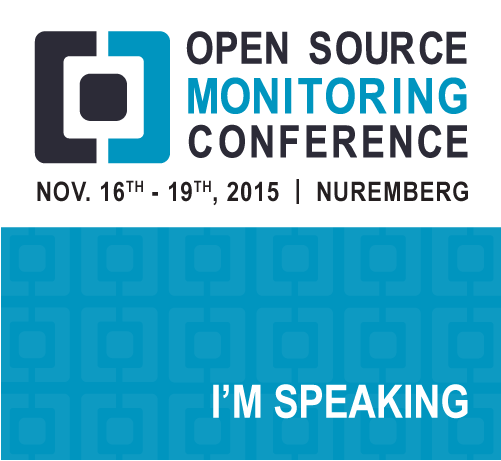SOCMDB – a Security-oriented CMDB – Why and How

The idea of a configuration management database (CMDB) is that it should be able to tell you all the interesting attributes of your environment. It’s not hard to imagine that just the right CMDB could be a great help in securing your systems and improving your security posture. In this article we’ll look in more detail at what a Security-Oriented CMDB (SOCMDB) should look like – and why you should care.







